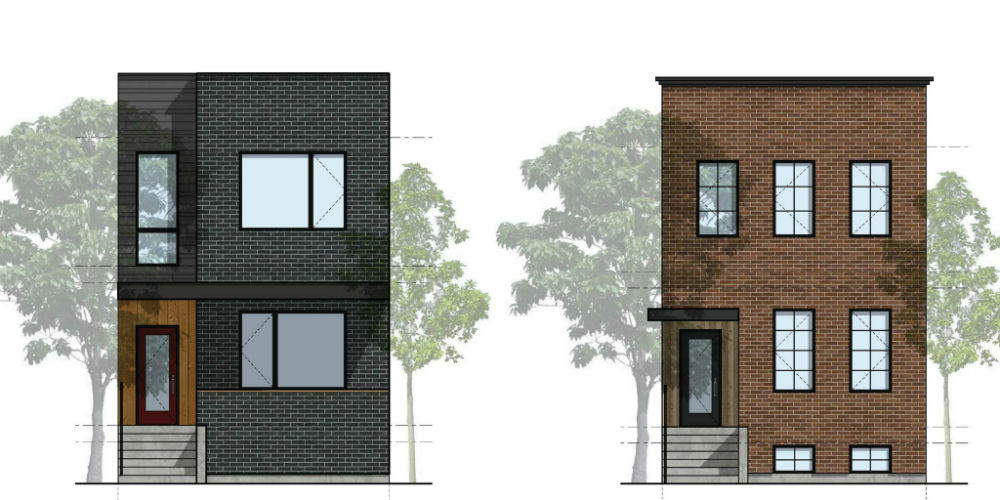
Where Young College Graduates Are Choosing to Live – New York Times
Surely it’s a generational thing to applaud one generation, ignore another, and deride yet another. And so it goes that Millennials are criticized for being entitled, for taking their children to restaurants, and demanding city services. What most of the vacuous self-affirming click bait commentary lacks is any real information. Recently, the New York Times illustrated the percent change in the number of college graduates aged 25 to 34, from 2000 to 2012. St. Louis fared well with an increase of 26%. It’s just one metric, but St. Louis sits between Pittsburgh and New York. Cleveland and Detroit, two cities St. Louis finds itself lumped with on some measures, check in at 1% and -10% respectively. Earlier this year, we wrote “Millennials are Saving St. Louis” and showed it. Something has changed in St. Louis.
A Planet of Suburbs – The Economist
The suburbs are far from an American phenomenon. From The Economist, “The shift in population from countryside to cities across the world is often called the “great urbanisation”. It is a misleading term… Suburbs are curious places, neither here nor there. They have been around since ancient Rome (which gave the world the word), but it was not until the 19th and 20th centuries that first the train and then the bus and car brought them truly into their own—the first places in human history where many people lived but far fewer worked.” Want more? There’s now a 1,072-page encyclopedia on the subject, Paradise Planned: The Garden Suburb and the Modern City.

No One’s Very Good at Correctly Identifying Gentrification – City Lab
“Gentrification” is an over used and under-understood term. The biggest issue for a place like St. Louis may be that the New York Time’s definition of gentrification doesn’t apply to St. Louis. Or rather, the type (and pace) and scope of change in housing and retail development is several orders of magnitude different. From An exploration of the importance of the strategy used to identify gentrification: “Urban scholars have described the importance of gentrification in major cities across the USA since the 1970s. While there is consensus that gentrification shaped social and physical aspects of neighbourhoods, scholars have yet to agree on how gentrified neighbourhoods should be identified.” For more on gentrification and St. Louis check out: Gentrification May Not Mean What You Think It Means in a City Like St. Louis. Also worth a read: Why Some Places Gentrify More Than Others and Lost in Place: Why the persistence and spread of concentrated poverty—not gentrification—is our biggest urban challenge (PDF).

Homicide in St. Louis
As of today, the homicide count in the City of St. Louis is 149, unofficially. At this number, the city will experience its second highest homicide rate in the past two decades. Long too high, and stubbornly resisting the decline seen by many American cities, the concentration of killings in the city deserves an open discussion. Debating the number of police officers in the city and how to pay for them, doesn’t count. As we have written, when homicide decreases, we’re told it’s due to smart policing and tactical success. When it goes up? Oh, that’s something no police department or politician can control – we’re told. But something’s different in St. Louis. With social and economic measures very similar to Cincinnati, Cleveland, and Pittsburgh, St. Louis has a 2014 homicide rate up to 50% higher. Perhaps geography has made the city a hub for drug trafficking, perhaps…who knows. From nextSTL, Homicide and Index Crime Totals and Rates 1943-2012, and Understanding St. Louis: Homicides 2005-2012.
This week on nextSTL

Half Million Dollar Custom Home by UIC Coming to The Grove
Forest Park Southeast Endorses Mix of Contemporary, Historic Infill
Chesterfield Tries to Pee in the Tax Pool
Four Builders Seek Approval for Infill in Forest Park Southeast Neighborhood

